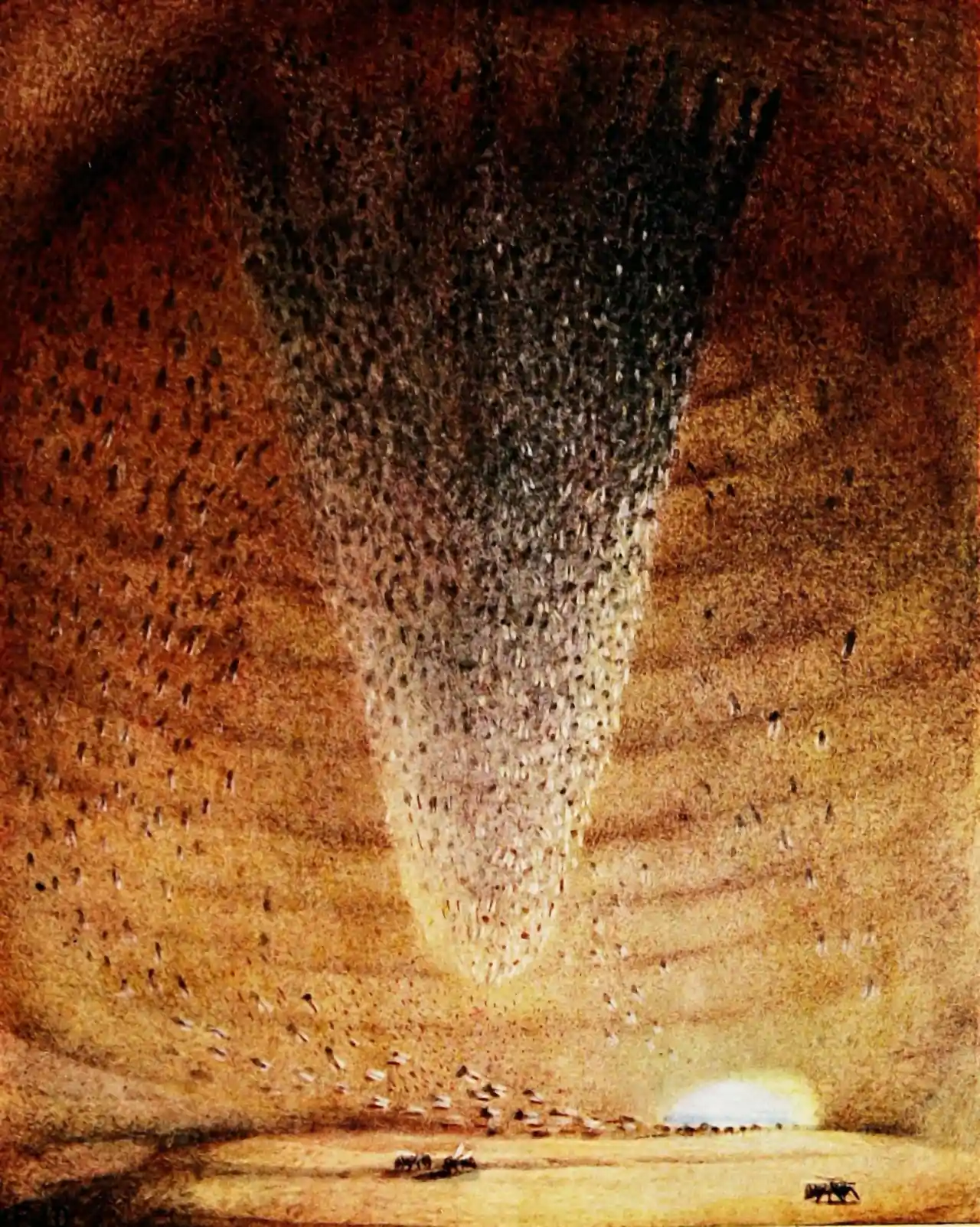Feynman-Kac formulae
side order of Fokker-Planck
2021-01-27 — 2021-01-27
Wherein the linkage of Feynman–Kac formulae to central limit theorems for sequential Monte Carlo filters is presented, connections to backward SDEs and the Fokker–Planck equation are noted, and canonical expositions by Del Moral and Doucet are cited.
There is a mathematically rich theory about sequential Monte Carlo filters, and the central tool to make that go seems to be Feynman-Kac formulae.
Related, apparently: Backward SDEs and the Fokker-Planck equation.
1 Use in SMC
In my field, when we see Feynman-Kac the default assumption is that it is providing a central limit theorem for sequential Monte Carlo. The notoriously abstruse Del Moral (2004) and Doucet, Freitas, and Gordon (2001) are commonly regarded as the canonical introductions to that usage. I will get around to understanding them myself eventually, maybe?
Cheng and Reich (2014) translates the Del Moral (French probabilist?) terminology into my more workaday statistician’s language.
2 Incoming
https://www.perplexity.ai/search/ok-i-want-to-understand-the-fe-9bK5j2N8QYGknpInAZ3YnQ ## References
